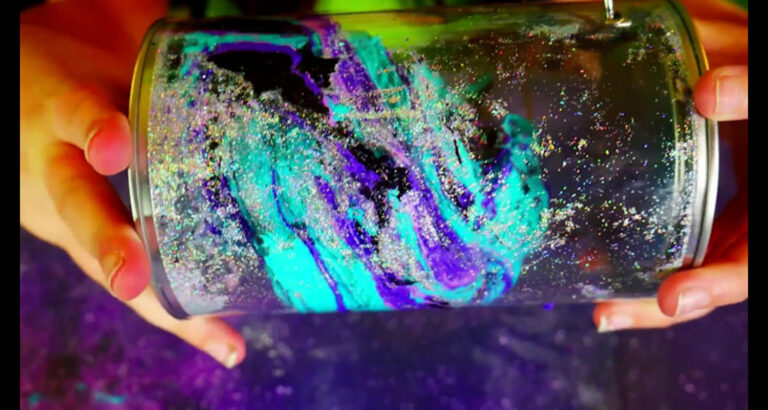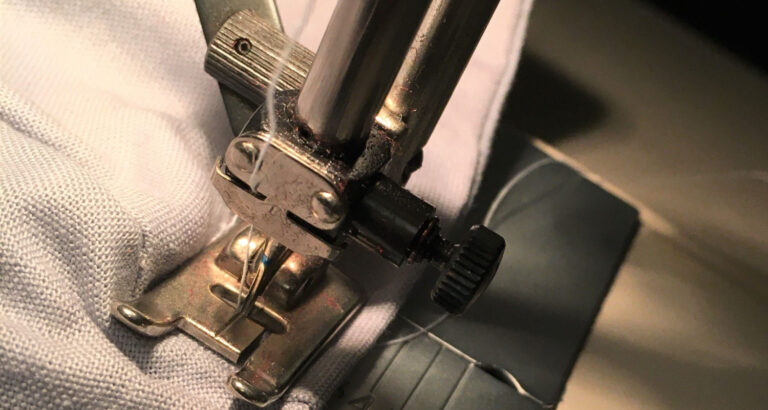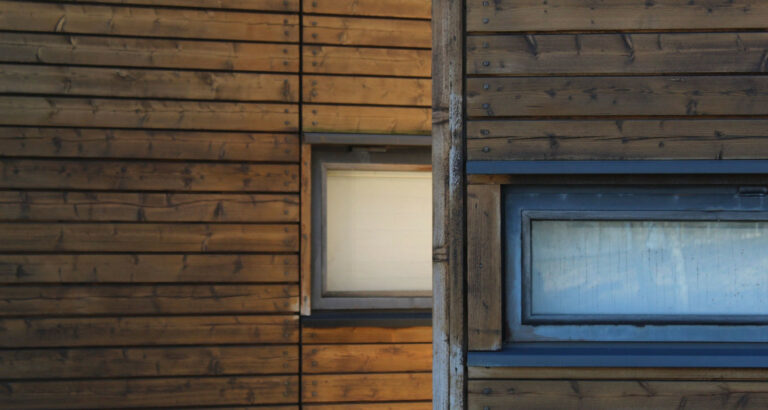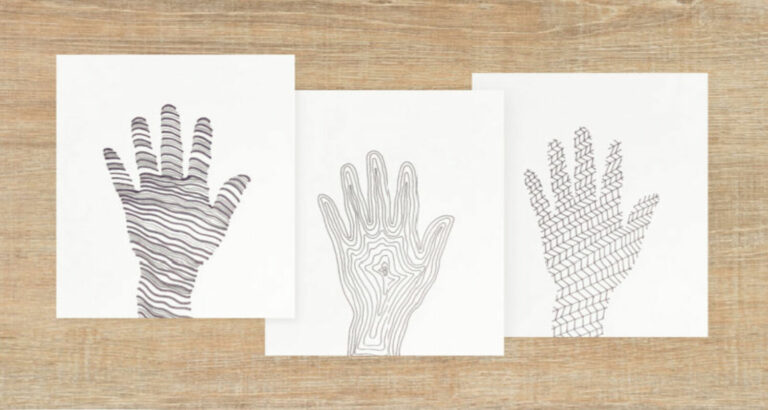Unlocking the full potential of chalk paint involves knowing how to seal it properly. Applying a sealer protects the color and enhances its durability and finish.
In this article, we will explore the various types of sealers for chalk paint and provide a step-by-step guide on How to Use Sealer for chalk paint. Using a sealer is crucial to protect and enhance chalk paint.
After the paint has dried, choose a suitable sealer like wax, polyurethane, or lacquer. You can apply a skinny, even coat. Allow proper drying time between coats for optimal results.
What is Chalk Paint?
Due to its unique properties and easy use, chalk paint has gained popularity in recent years. An English craftsman, Annie Sloan, created it, and it has since become a well-known decision for furniture upcycling and embellishing painting projects.
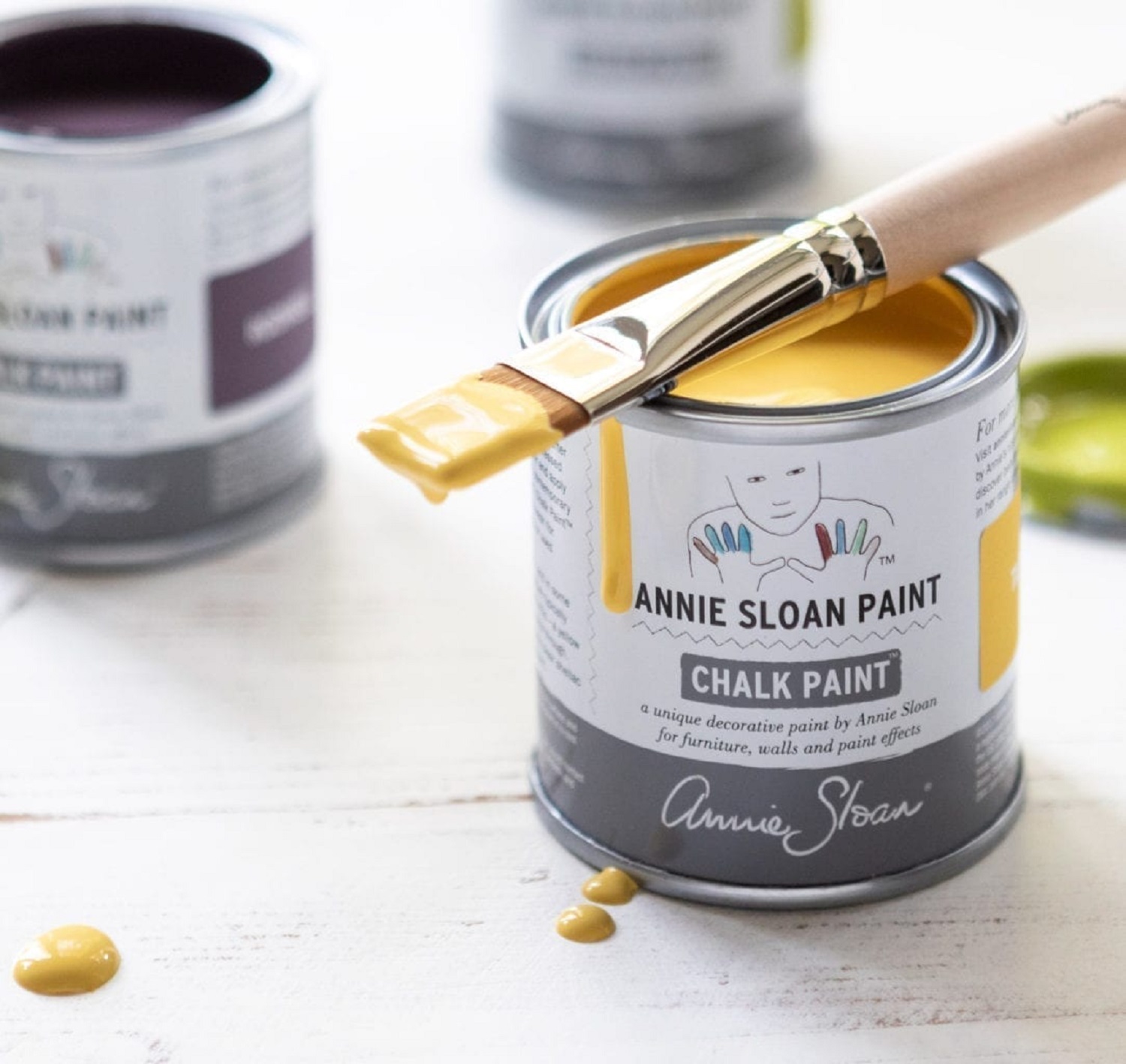
Chalk paint gets its name from its matte, smooth complexion that looks like the surface of chalk.
See Also: Stain Wood Vs. Paint
Why Do You Need to Seal Chalk Paint?
Fixing chalk paint is a fundamental stage in the completing system to safeguard the painted surface and improve its solidness.
Try these steps:
1. Stains and moisture resistance: Chalk paint, in its crude structure, is helpless to water harm and staining.
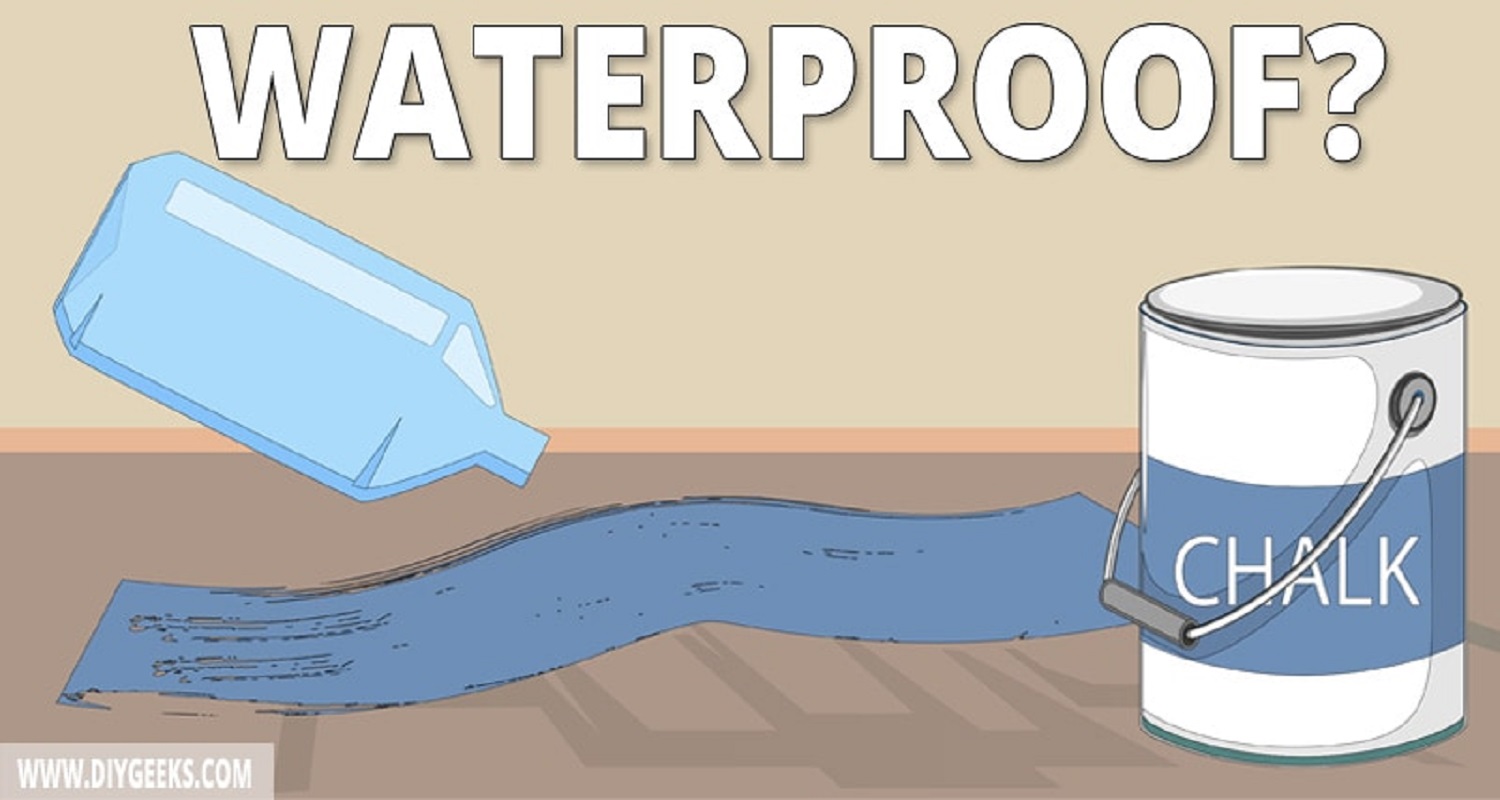
2. Improved Solidness: Chalk paint alone may not protect high-traffic or frequently used items.
3. Simple to Clean and Maintain: Fixed chalk paint surfaces are simpler to clean and keep up with. Cleaning the surface could eliminate or harm the paint without a defensive sealant.
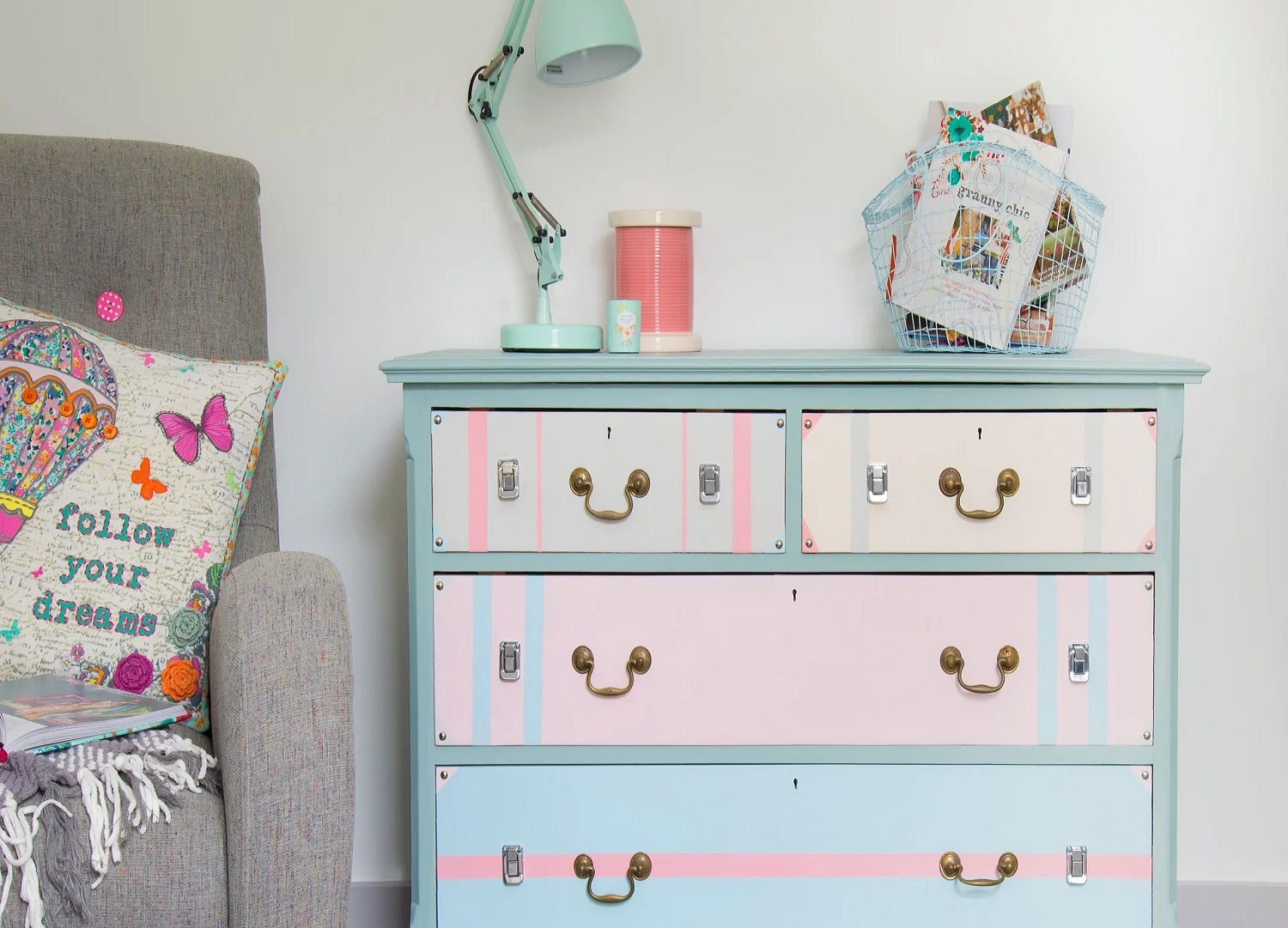
4. Final detail and Stylish Allure: Your project will look more lacquered and finished after you seal the chalk paint.
How to Use Sealer for chalk paint?
Fixing chalk paint is a significant stage in the completing system to safeguard your painted surface and upgrade its sturdiness. Here is a bit-by-bit guide on the most proficient method to seal chalk paint really:
1. Permit Adequate Drying Time: Ensure the chalk paint is dry before applying any sealant. Please adhere to the maker’s directions for drying time, as it can change contingent on variables like temperature and mugginess.
2. Pick the Right Sealant: Various kinds of sealants are accessible for chalk paint, for example, furniture wax, polyurethane, or stain.
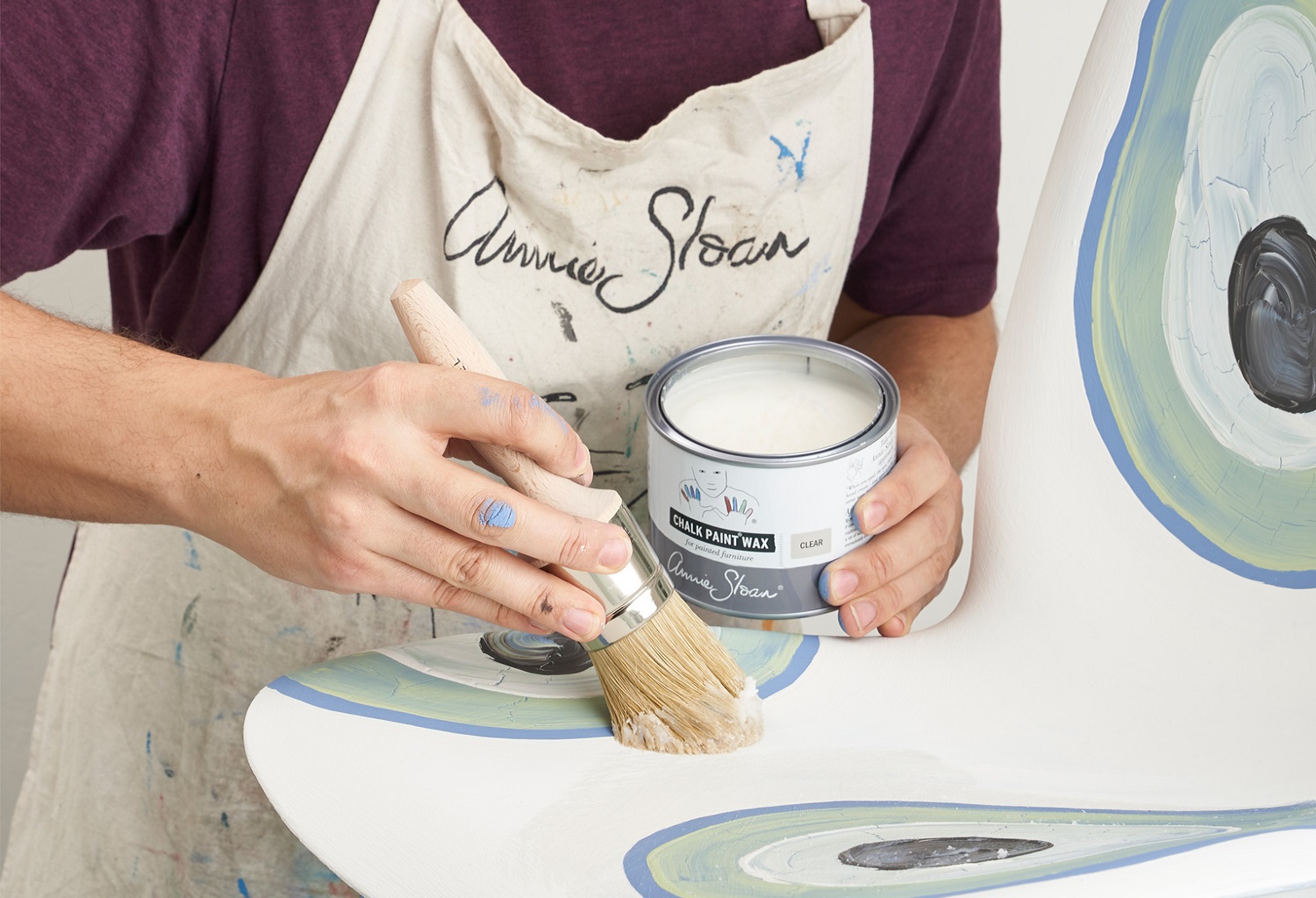
3. Apply Furniture Wax: If you select furniture wax, utilize a perfect fabric or wax brush to apply a slender, even layer over the chalk paint—work in little segments, using the wax in a roundabout movement.
4. Buff the Wax: When the wax is dry, utilize a spotless, build-up-free fabric or a lacquering brush to buff the surface delicately.
5. Apply Polyurethane or Stain: If you use polyurethane or stain. Select a water-based recipe that won’t yellow over the long haul. Utilize an engineered brush or froth brush to apply a meager and even coat over the chalk paint. Permit it to totally dry.
6. Sand Between Coats (discretionary): For added perfection, you can softly sand the surface between layers of polyurethane or stain utilizing fine-coarseness sandpaper. Make sure to wipe away any residue before applying the resulting coats.
7. Apply Different Coats: Contingent upon the degree of insurance and solidness you want, you might have to apply numerous layers of sealant.
8. Consider Restoring Time: After the last coat, permit adequate relieving time before utilizing or putting objects on the painted surface.
How to Use Sealer for chalk paint: Detailed Guide on Sealing Chalk Paint with Wax
Here is a point-by-point guide on the most proficient method to seal chalk paint with wax:
1. Collect Your Materials: You will require furniture wax explicitly intended for chalk paint, a wax brush or a build-up-free material, and a perfect, dry fabric for lacquering.
2. Guarantee Paint is Dry: Permit the chalk paint to completely dry per the maker’s guidelines.
3. Setting up the Wax: Open the holder of furniture wax and mix it tenderly to guarantee a smooth consistency.
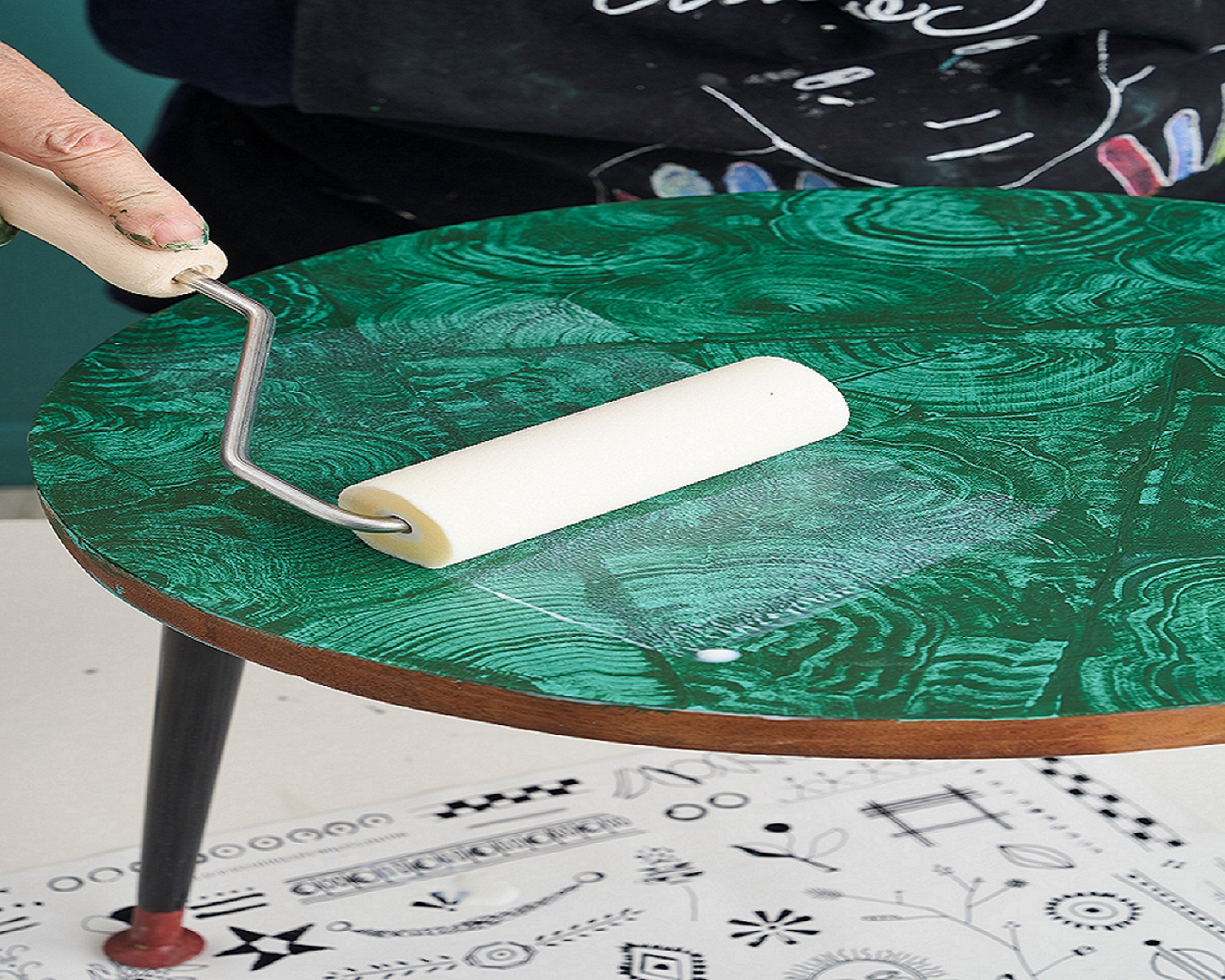
4. Apply Wax in Segments: Apply the wax to a little segment of your painted surface. Plunge the wax brush bristles into the wax, or utilize a build-up-free fabric to scoop a limited quantity of resin.
5. Work in Roundabout Movements: Work the wax into the paint in circular motions with a wax brush or cloth. This circulates the wax equally and guarantees intensive inclusion.
6. Eliminate Abundance Wax: After applying the wax, let it sit for a couple of moments to permit it to infiltrate the paint.
7. Permit the Wax to Fix: Allow the wax to solution for around 24 hours or as the producer suggests.
8. Buff for a Delicate Sheen: When the wax has been relieved, you can improve the sheen and perfection by lacquering the surface with a spotless, dry fabric.
Detailed Guide on Sealing Chalk Paint with a Top Coat
Here is a point-by-point guide on the most proficient method to seal chalk paint with a top coat:
1. Pick the Right Top Coat: Select a water-based polyurethane or stain that is explicitly intended for furniture and is reasonable for chalk paint. Guarantee that the item is non-yellowing to keep up with the first shade of the paint.
2. Set up the Surface: Guarantee the chalk paint is dry before applying the top coat. Using a lint-free cloth, clean the surface to remove any dust or debris.
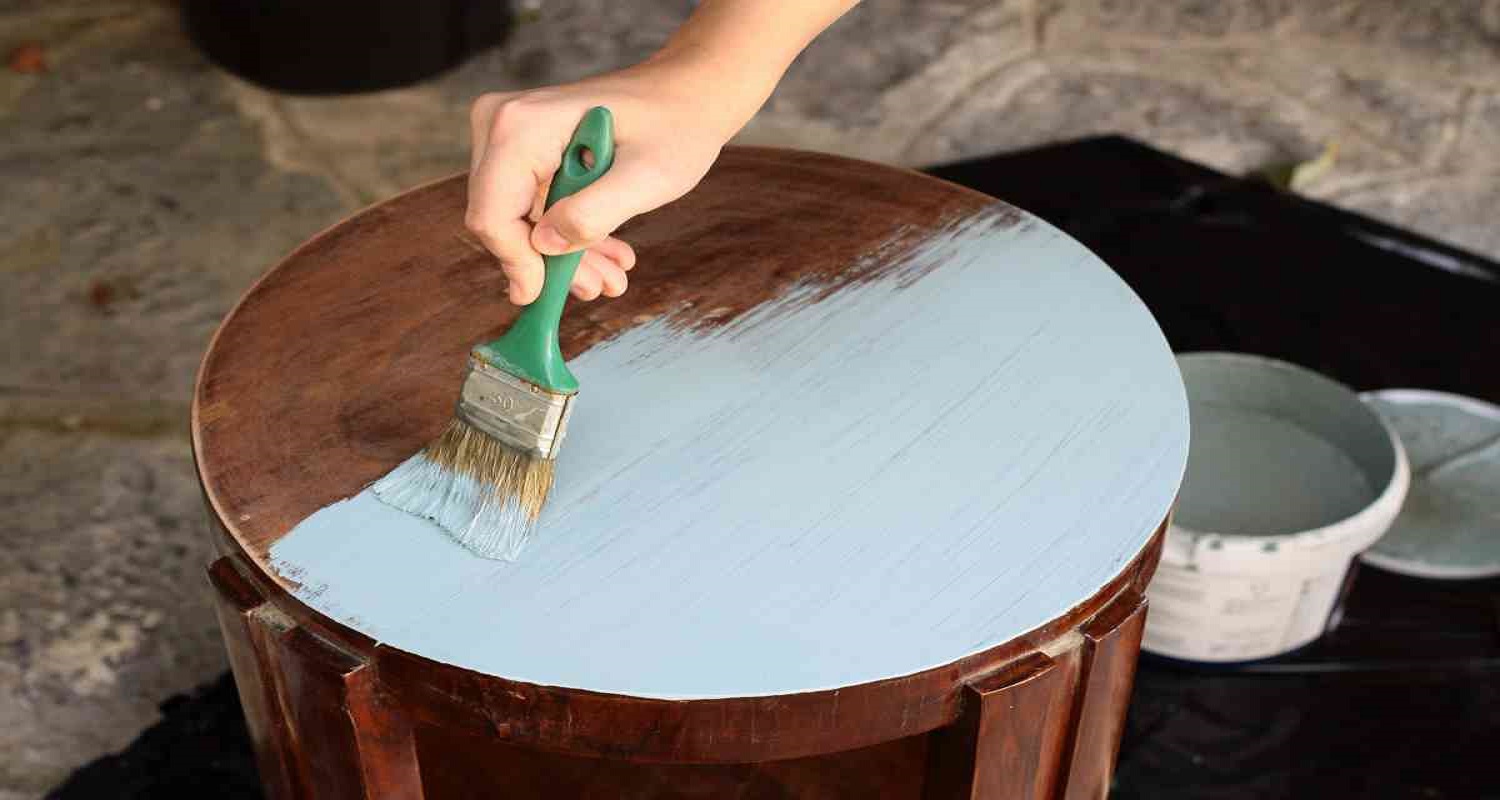
3. Apply the Principal Coat: Apply a thin, even top coat to the chalk paint with a foam or synthetic brush. Work toward the grain, beginning from one finish of the surface and moving to the next. To avoid pooling or drips, do not apply too much.
4. Permit Drying Time: Adhere to the maker’s directions for drying time. Usually, water-based top coats dry quicker than oil-based ones. It is fundamental to permit adequate drying time to guarantee legitimate security.
5. Sand lightly (optional): For a smooth completion, daintily sand the surface with fine-coarseness sandpaper after the primary coat has dried. Sanding aids in the removal of brush marks and imperfections. Make sure to wipe away any residue before applying the resulting coats.
6. Apply Extra Covers: Make enough time for the top coat to dry between each coat. Follow the producer’s suggestions for the number of coats expected to accomplish the ideal degree of insurance.
7. Fix and Safeguard: After the last coat, let the top coat remedy for the suggested time. The ultimate skin can fully harden and provide maximum protection during this curing period.
Detailed Guide on Sealing Chalk Paint with Polyurethane
Fixing chalk paint with polyurethane gives a sturdy and defensive completion. Here is an itemized guide:
1. Guarantee the chalk paint is completely dry.
2. Pick a water-based polyurethane reasonable for furniture and non-yellowing.
3. Utilize a manufactured or froth brush to apply a slight, even layer of polyurethane toward the grain.
4. As directed by the manufacturer, allow it to dry.
5. Gently sand the surface between coats for a smoother finish.
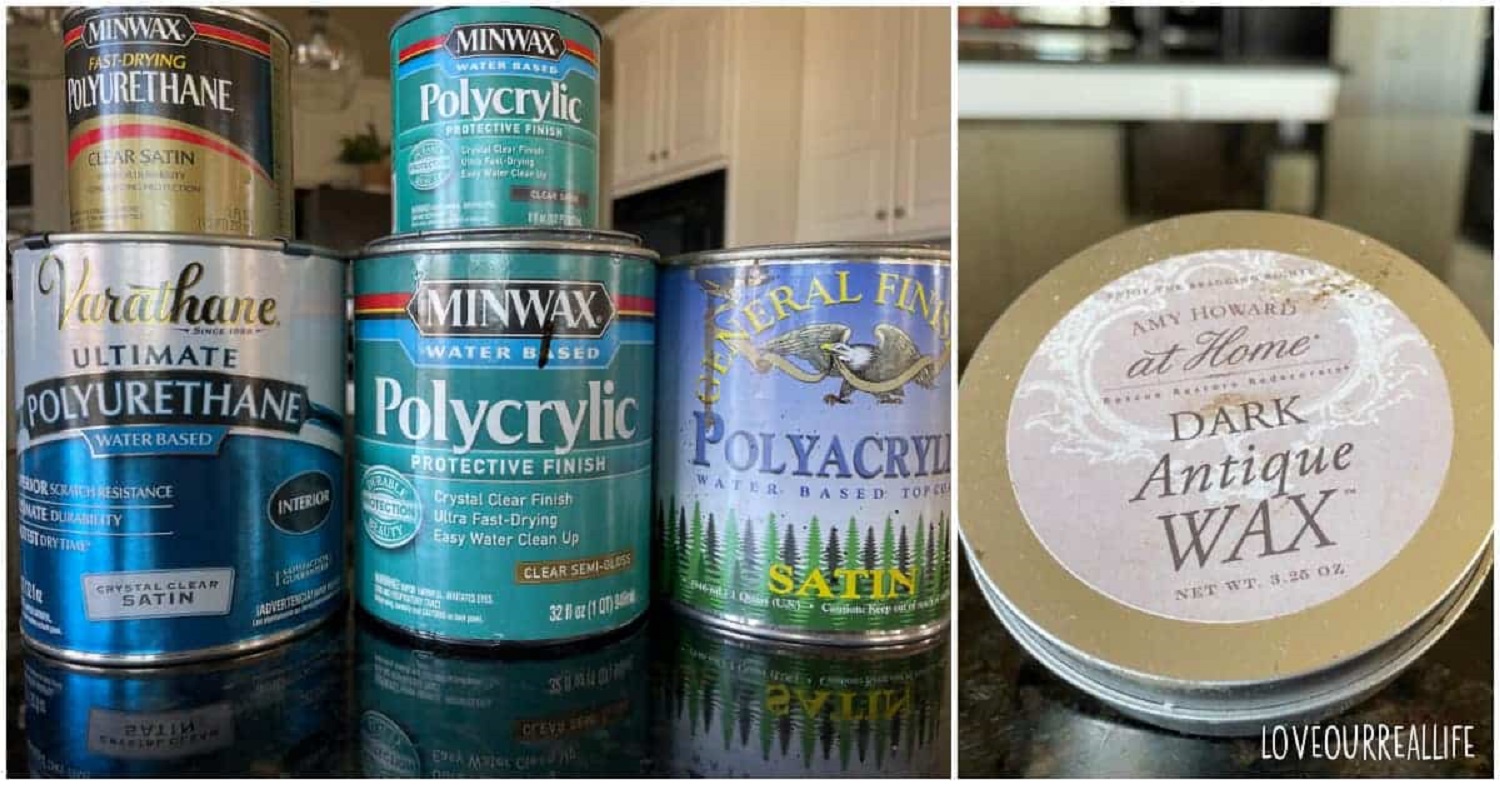
6. Apply extra covers, permitting adequate drying time between each coat.
7. When the last coat is applied, let the polyurethane solution for the suggested time.
8. do not use the surface frequently or place anything on it during the curing period.
Fixing chalk paint with polyurethane gives magnificent assurance against wear, stains, and water harm. For best results, follow the manufacturer’s instructions.
Wax or Lacquer: Which One to Choose?
While settling on wax and lacquer as a completion for your chalk paint, think about the ideal result. Wax gives a gentler sheen, improves the surface, and takes into consideration simple final details.
Veneer offers a more complex and robust completion with a higher shine. Wax is appropriate for embellishing things and low-use furniture, while veneer is excellent for high-traffic pieces.

Eventually, pick the choice that aligns with your tasteful inclinations and the degree of toughness expected for your undertaking.
How to Apply Wax Over Chalk Paint?
- To apply wax over chalk paint, begin by guaranteeing the color is completely dry.
- Then, apply a wax brush or build-up-free material to a meager, even layer of furniture wax.
- Work in little segments, applying the wax in a roundabout movement, and make a point to arrive at all areas.
- Allow the wax to sit for a couple of moments to infiltrate the paint.
- Then, utilize a perfect fabric to eliminate any overabundance of wax and buff the surface delicately for a smooth completion.
How to Apply Lacquer Over Chalk Paint?
To apply veneer over chalk paint, follow these means:
1. The chalk paint should be completely dry.
2. Select a water-based or oil-based veneer reasonable for furniture.
3. Utilize an engineered brush or sprayer to apply a slight, even veneer layer, working toward the grain.
4. As directed by the manufacturer, allow it to dry.
5. Delicately sand the surface between coats whenever wanted.
6. Apply extra covers, permitting drying time between each.
Sealing Chalk Style Paint with an Aerosol Clear Coat
Fixing chalk-style paint with a spray clear coat is a direct interaction. To start with, guarantee the paint is dry. Shake the sprayer a long time before applying.
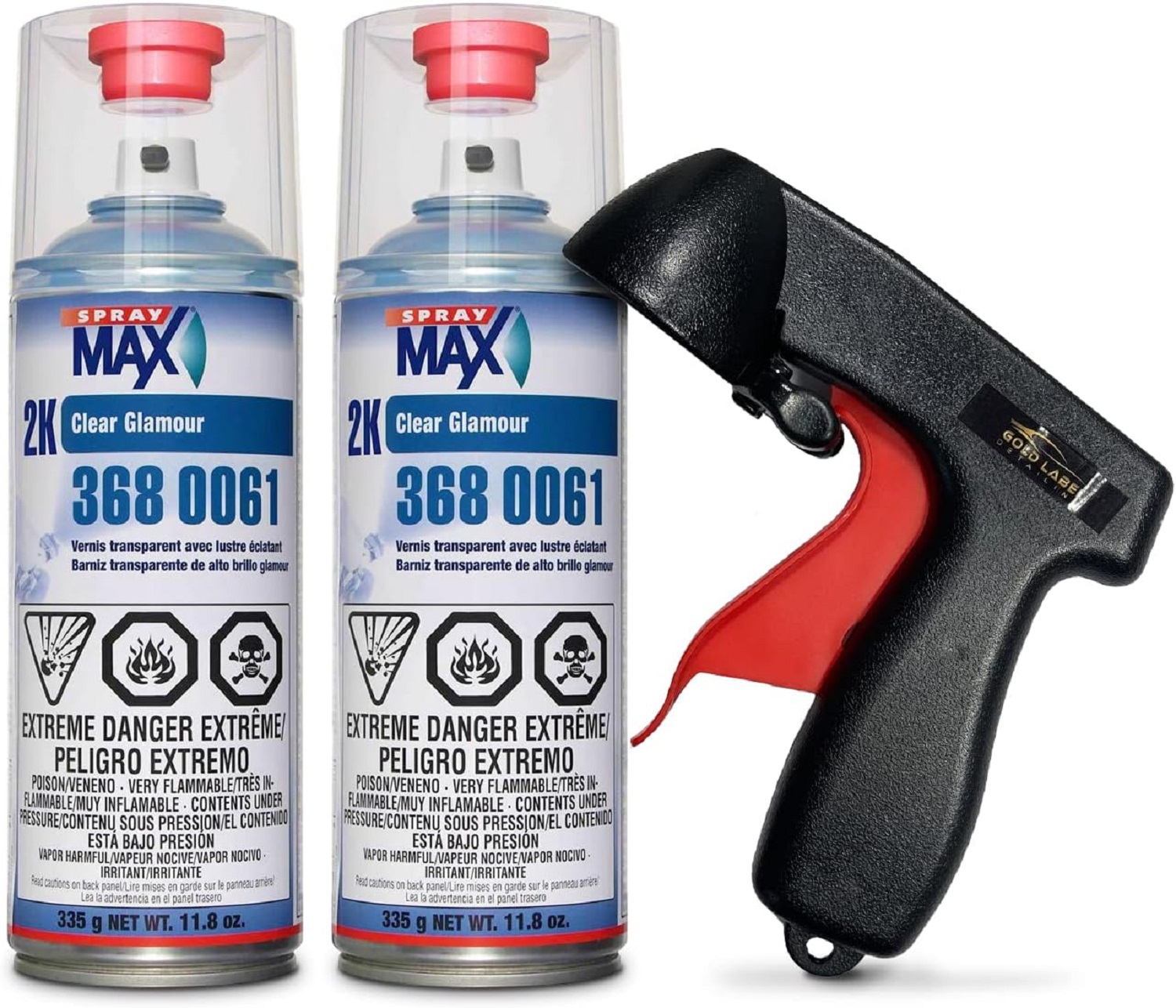
Hold the can around 8-12 inches from the surface and use a light, even layer of the unmistakable coat, moving in a general movement. Applying extra covers depending on the situation for wanted inclusion and insurance.
Sealing Chalk Paint with a Matte Polycrylic
Sealing chalk paint with matte polyacrylic guarantees the paint is completely dry. Utilize a great manufactured brush to apply a slim, even layer of matte polycrylic over the painted surface, working toward the grain. Try not to over-brush to forestall streaks.
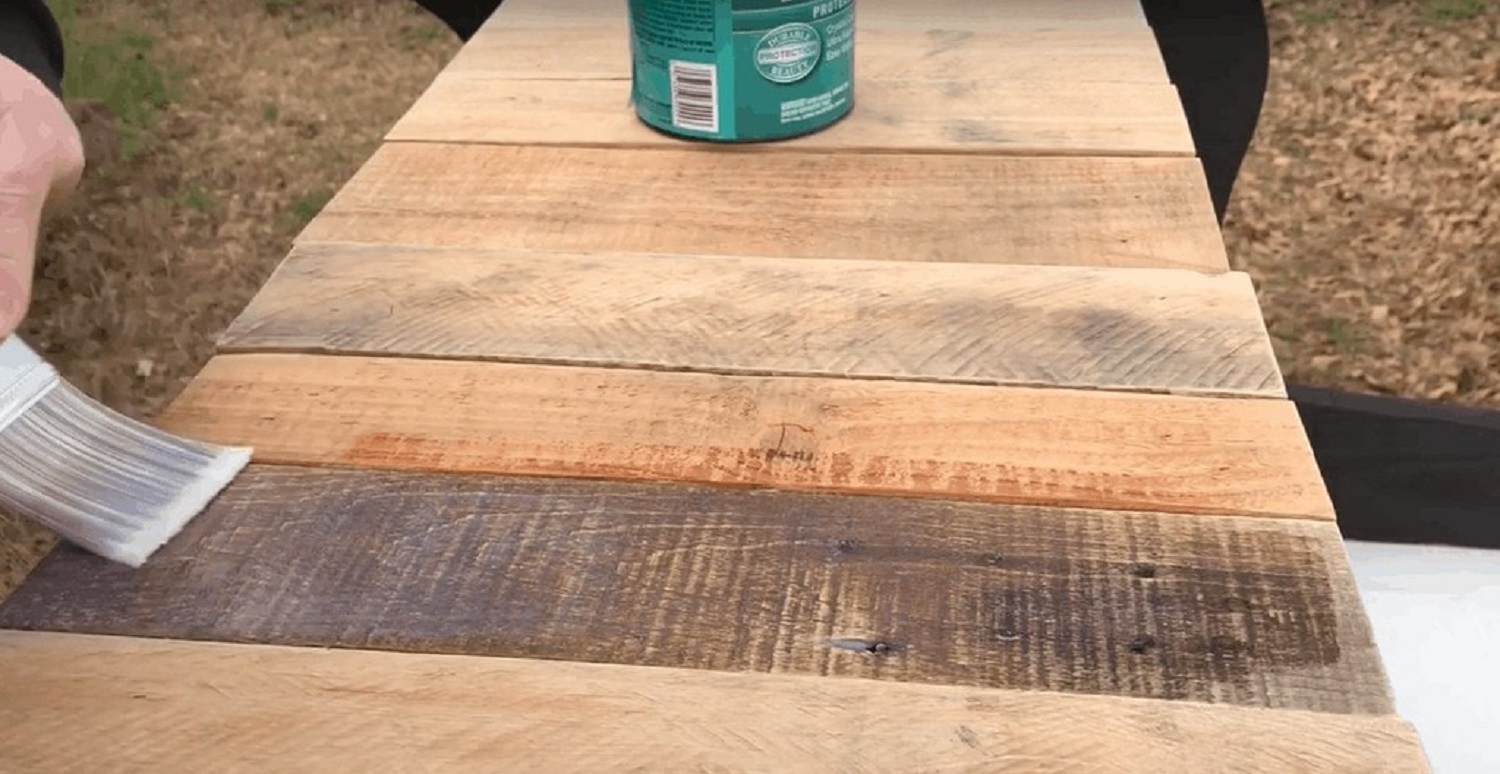
Allow it to dry as indicated by the producer’s guidelines. When the last coat is applied, let the polyacrylic fix completely before utilizing or putting objects on a superficial level.
Using Aging Glazes Instead of Dark Wax for a Vintage Look
For one of a kind look on chalk paint, consider using maturing coats rather than dull wax. Aging glazes can be applied with a brush or a cloth and come in various shades.
Apply the coating over the chalk paint, working it into the subtleties and fissures, and afterward, wipe away the abundance.
This strategy adds profundity and a classical appearance to your piece without the likely downsides of utilizing dull wax, such as trouble applying and modifying the paint tone.
FAQs
How long should I wait before applying sealer to chalk paint?
Wait until the chalk paint is completely dry, typically around 24 hours, before applying a sealer.
Can I use any sealer on chalk paint?
It is recommended to use a sealer designed explicitly for chalk paint, such as furniture wax, polyurethane, or lacquer, for best results.
How many coats of sealer should I apply to chalk paint?
The quantity of sealer coats relies upon the degree of assurance and wanted finish. Ordinarily, 1-2 coats are adequate, yet adhere to the maker's directions for explicit proposals.
How do I apply the sealer to chalk paint?
Follow the instructions provided by the manufacturer when applying the sealer with a brush, cloth, or spray. Guarantee even inclusion and permit legitimate drying time between coats for the best seal and finish.
Conclusion
In conclusion, How to Use Sealer for Chalk Paint is relatively easy to answer. It is essential for achieving a professional and long-lasting finish. By understanding the various types of sealers available and following the step-by-step instructions, you can protect your chalk paint from wear, enhance its durability, and create a beautiful, lacquered look. Proper sealing techniques will make your chalk paint projects stand out with style and elegance.

I am Sammy and I blog at Live it. Love it. Make it. It is creative lifestyle blog run by best friends H and Sammy. Head over and follow our crafty adventures!

